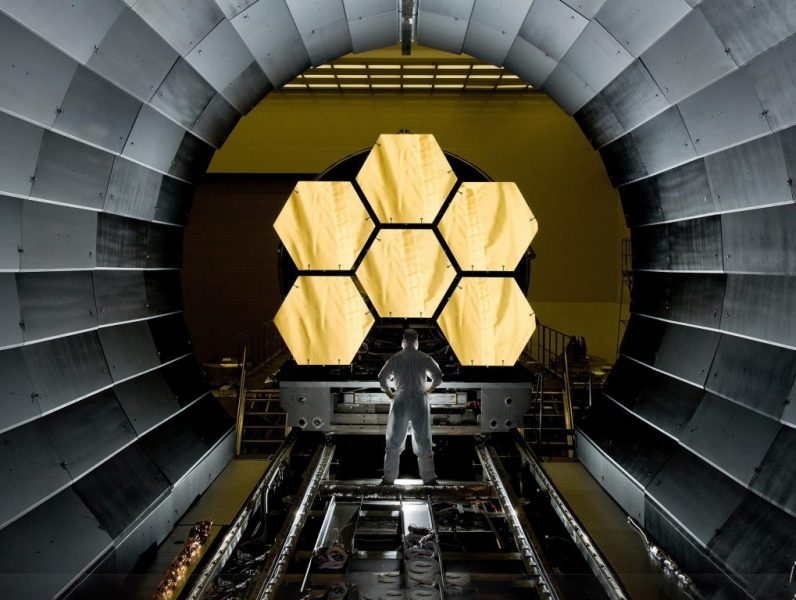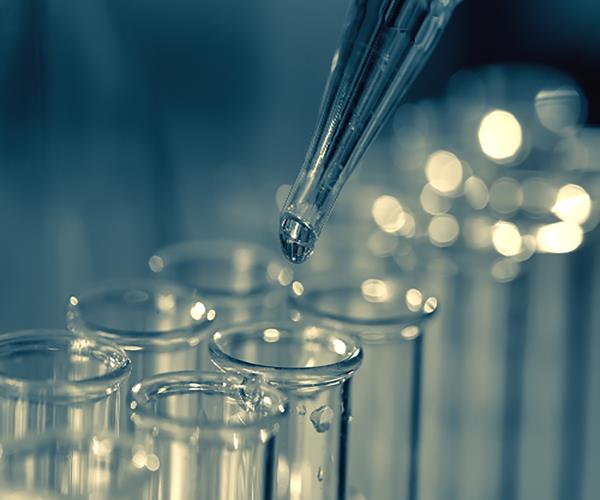Case Studies
Fsn1006: An antibody with dual specificity
Fsn1006 is a dual targeting antibody targeting both AREG (Amphiregulin) and HB-EGF (Heparin-binding EGF-like growth factor. The objective of this study was to humanize Fsn1006 while retaining the affinities.
Turning murine research MAbs into humanized drug candidates. Fsn1006: An antibody with Dual Specificity
Objective
Fsn1006 is a dual targeting antibody targeting both AREG (Amphiregulin) and HB-EGF (Heparin-binding EGF-like growth factor), two ligands in the EGFR pathway (Figure 1). From animal models Fusion Antibodies has shown that dual-targeting of 2 ligands in the pathway resulted in improved tumour cell killing effect. Fsn1006 has low nM affinity for both targets and the objective of this study was to humanize Fsn1006 while retaining the affinities.

Figure 1: Fsn1006 targets two ligands in the EGFR pathway (AREG and HB-EFGF). Fsn1006 has the potential to reach more patients than currently approved therapies and be more effective because of the novel targeted approach, multiple modes of action, efficacy in multiple cancer types and an ability to enhance current therapies.
Process
Fsn1006 was humanized using Fusion Antibodies’ modernized CDR grafting technique. The CDRs were identified using both Kabat and IMGT definitions of CDRs (Figure 2) and grafted into mature frameworks with somatic hypermutation (not germline frameworks). Mature human frameworks were screened and selected as they have greater variability than germline sequences. A T-cell epitope screen was included in the design process and immunogenic constructs were avoided. Three recipient vH and three recipient vL sequences were selected and CDR grafting was performed. The panels of nine humanized antibody combinations were screened by biacore/SPR analysis to assess affinity (Figure 3).

Figure 2: CDRs were identified by a combination of Kabat and IMGT definitions to ensure all residues critical for binding were maintained.
Results and Conclusion
Fusion Antibodies was successfully able to humanize Fsn1006 while also retaining the affinity characteristics shown in the parental antibody. Fusion Antibodies’ modernized CDR grafting humanization process is capable of maintaining (and in this case improving) the measured affinity of therapeutic antibodies.

Figure 3: Biacore analysis showed that the parental antibody had a KD of 8.9nM and humanized variants v4, v5 and v6 showed improved affinities of 5.1nM, 5.2nM and 7.0nM respectfully.

